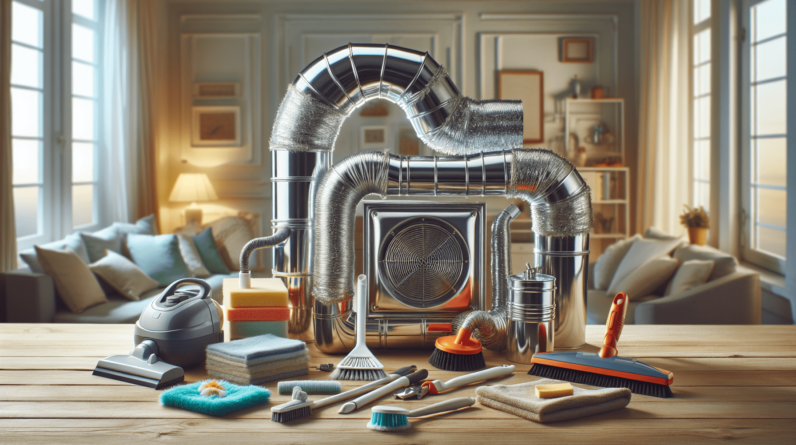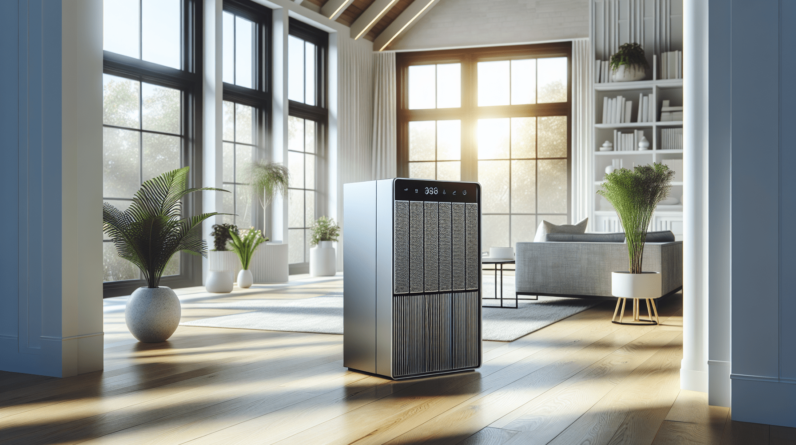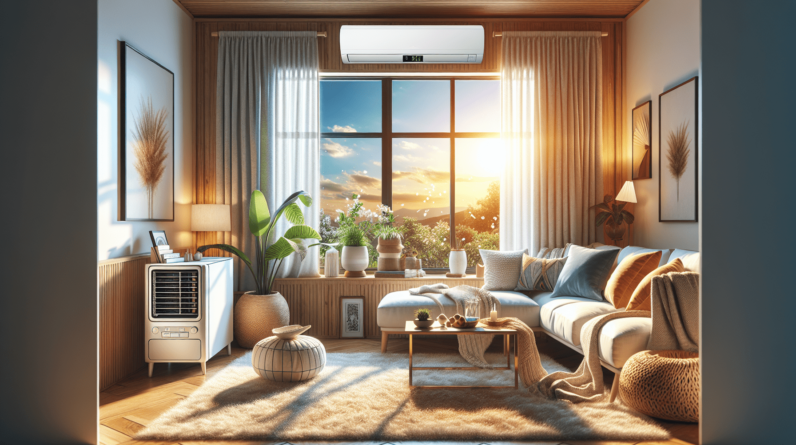

Have you ever wondered how a heater air conditioner window unit can transform your living space, making it comfortable in both scorching summers and chilly winters? These versatile units are indeed a great solution for maintaining climate control, and they pack a ton of features into one compact design. Let’s break down the essentials of heater air conditioner window units, explaining exactly what they are, how they work, and why they could be the perfect fit for your home.
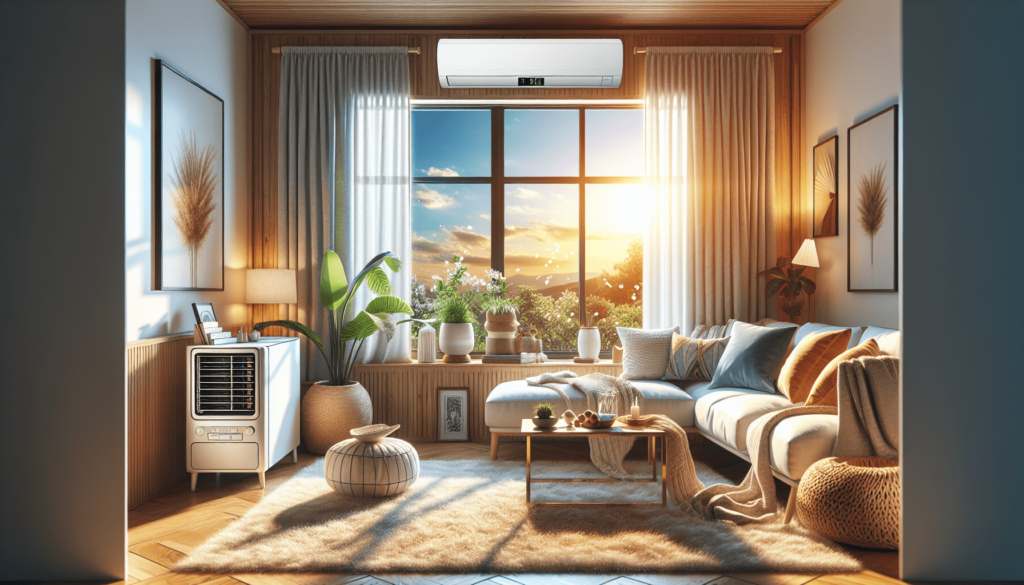
Understanding Heater Air Conditioner Window Units
At its core, a heater air conditioner window unit is an all-in-one appliance that provides both heating and cooling functions. If you’re looking for efficient climate control without taking up too much space, these units might be just what you need. With the ability to easily fit into your window, they can service an entire room, making them a favorite for many households.
How They Work
Understanding the mechanics behind these units can enhance your appreciation for their functionality. They operate on the principle of heat exchange, utilizing refrigerants that absorb and release heat.
- Cooling Mode: In the summer, the unit pulls warm air from the room, cools it using the refrigerant, and then blows the cooled air back into the living space. The heat extracted is expelled outside.
- Heating Mode: In the winter, it works the opposite way. The unit draws in cold air, heats it internally, and then distributes the warm air throughout the room.
This dual function makes them incredibly useful throughout the year.
Benefits of Using Window Units
You might be wondering, “What are the benefits of using a heater air conditioner window unit over other types of heating and cooling systems?” There are several advantages that make these units stand out.
Energy Efficiency
Window units consume less energy compared to central heating and cooling systems. They are designed to cool or heat specific areas, allowing you to turn off units in unoccupied rooms. This targeted approach can significantly reduce your energy bills.
Cost-Effective Solution
Installing a window unit is generally cheaper than setting up a central system. The purchase price, installation fees, and maintenance costs are often lower, making these units a great option for those on a budget.
Space-Saving Design
Given their compact design, window units are perfect for smaller spaces or apartments. They don’t require extensive ductwork, meaning you can enjoy climate control without sacrificing floor space for large equipment.
Flexibility and Portability
You can move these units from one room to another, or even take them with you if you relocate. While you may need to re-install them in a new window, the overall process is straightforward and often doesn’t require professional assistance.
Features to Look For
When considering a heater air conditioner window unit, you may want to assess various features that can enhance your experience. Below are some of the key features to keep in mind.
BTU Rating
The British Thermal Unit (BTU) rating is a critical factor in determining how effectively a unit can cool or heat. It’s essential to select a unit with a BTU rating that matches the size of the room. Here’s a simple guideline to help you understand the BTU requirements based on room size:
| Room Size (Square Feet) | Minimum BTU Rating |
|---|---|
| Up to 150 | 5,000 |
| 150 to 250 | 6,000 |
| 250 to 350 | 7,000 |
| 350 to 450 | 8,000 |
| 450 to 550 | 9,000 |
| 550 to 700 | 10,000 |
Energy Star Certification
Look for models that carry the Energy Star certification. These units meet specific energy efficiency guidelines set by the EPA, ensuring you save both energy and money on your utility bills while benefiting the environment.
Thermostat Settings
Having different thermostat settings can enhance your comfort. Look for units that offer multiple cooling and heating modes. Some models even come with a programmable thermostat that allows you to set specific temperatures for different times of the day.
Remote Control and Smart Features
Modern window units may come equipped with remote controls for added convenience. Some advanced units even have Wi-Fi connectivity, allowing you to control the temperature from your smartphone or smart home system, making it easier to manage your environmental comfort from anywhere.
Proper Installation of a Window Unit
You might think that installing a heater air conditioner window unit is a complicated task, but it’s quite manageable with the right approach. Here’s a step-by-step guide to assist you.
Gather Your Tools
Before you start, collect the necessary tools. Common tools required for installation include a screwdriver, a drill, and possibly a level to ensure the unit is mounted correctly.
Prepare the Window Slot
Choose a window that can accommodate the unit. Clear any obstructions and ensure the window frame is in good condition. The window should also be within reach of a power outlet.
Install Mounting Brackets
Many units come with mounting brackets. Secure them according to the manufacturer’s instructions, making sure they’re level. This step is crucial for both safety and efficient operation.

Position the Unit
With some assistance, lift the unit and place it in the window frame. Make sure the air intake is not obstructed by the window frame and the unit is situated at a slight angle, allowing for proper drainage.
Secure the Unit
Once positioned, secure the unit in place using the provided fasteners. Double-check everything is tightly installed and that the unit feels stable.
Seal and Insulate
For maximum efficiency, seal the edges of the window unit with insulation foam or weather stripping. This prevents outside air from entering and ensures you’re not wasting energy.
Turn It On
Plug the unit into an outlet and power it on. Make sure to test its heating and cooling functions to confirm everything is working correctly.
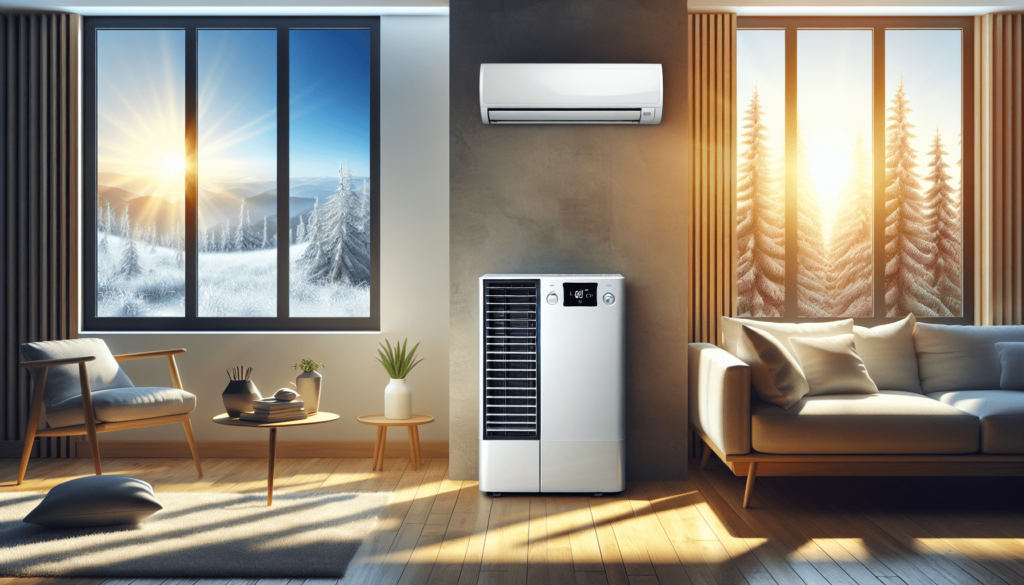
Maintenance Tips for Longevity
Like any appliance, a heater air conditioner window unit requires regular maintenance to ensure optimal functioning. Here are some maintenance tips you can easily incorporate into your routine.
Clean or Replace Air Filters
One of the easiest ways to keep your unit running efficiently is to regularly clean or replace the air filters. Clogged filters can reduce airflow and increase energy consumption. Aim to clean or replace them every month during heavy usage periods.
Inspect the Coils
The evaporator and condenser coils can accumulate dust and debris over time. Regularly inspect and clean these coils to maximize efficiency. You might consider calling in a professional for this, depending on your comfort level.
Check for Leaks
Periodically inspect the seals around the window unit. Gaps or cracks can lead to air leaks, causing inefficiencies. If you notice any issues, use caulk or weather stripping to seal them.
Keep the Area Around the Unit Clear
Ensure there’s nothing obstructing the airflow around your window unit, including furniture, drapes, or other items. Good airflow is essential for effective cooling and heating.
Schedule Annual Professional Maintenance
If you’re unsure about handling maintenance tasks like coil cleaning, you might want to schedule annual professional maintenance. A technician can comprehensively check and service the unit.
Troubleshooting Common Issues
It’s not uncommon to run into some issues with your heater air conditioner window unit from time to time. Here are some common problems and solutions to help you troubleshoot effectively.
Unit Won’t Turn On
If your window unit isn’t turning on, check the power supply first. Ensure the unit is plugged in and that the circuit breaker hasn’t tripped. If everything seems correct, the problem might be more complex, and consulting a technician could be necessary.
Inadequate Cooling or Heating
This issue can sometimes stem from a dirty air filter, so check that first. If that’s not the problem, confirm that the unit is appropriately sized for the space you’re trying to condition. In some cases, it may simply need to be cleaned.
Strange Noises
Unusual sounds can indicate a variety of problems. If you hear grinding or rattling noises, it could be loose parts or debris inside the unit. Sometimes, simply cleaning the exterior or removing obstacles can resolve this issue.
Water Leakage
Leaking water can mean that the drainage system is blocked or that it’s not installed at the proper angle. Review the installation instructions for drainage settings and ensure everything is correctly sealed.
Conclusion
A heater air conditioner window unit offers a flexible, energy-efficient solution to your heating and cooling needs. With proper installation, regular maintenance, and a little troubleshooting knowledge, you can enjoy a comfortable environment year-round. The convenience of having both a heater and an air conditioner all in one unit allows you to adapt to changing weather conditions effortlessly. If you’re contemplating investing in one, consider all the benefits it can bring to your living space. By choosing the right unit and caring for it, your heater air conditioner window unit can serve you well for many years to come.
Whether you’re in a tiny apartment or a larger home, these units serve as efficient climate control options that keep you comfortable, whatever the season.

